Manage chronic pain in Coraopolis and Lawrence, PA with InnerStrength’s exercise plans. Improve strength, flexibility, and enjoy a better quality of life today!
Chronic pain can impact every aspect of your life, but incorporating targeted exercise into your routine can provide relief and improve your overall quality of life. If you’re seeking solutions for pain management near me, this blog will explore how exercise can help, the types of exercises that are beneficial, and practical tips for creating an effective exercise plan.
The Role of Exercise in Pain Management
- Improved Strength: Engaging in regular exercise can strengthen the muscles around painful areas, providing better support and reducing strain.
- Enhanced Flexibility: Stretching and mobility exercises can improve flexibility, helping to alleviate stiffness and discomfort.
- Increased Endurance: Regular physical activity can improve your overall endurance, allowing you to engage in daily activities with greater ease.
- Mood Enhancement: Exercise releases endorphins, which can help combat feelings of depression and anxiety often associated with chronic pain.
Types of Exercises for Chronic Pain Management
- Low-Impact Aerobic Exercises: Activities such as walking, swimming, or cycling are gentle on the joints while effectively increasing your heart rate and promoting overall fitness.
- Strength Training: Incorporate light resistance training to strengthen muscles without adding stress to the joints. Use bodyweight exercises or resistance bands as starting points.
- Flexibility and Stretching Exercises: Engage in stretching routines to improve flexibility and reduce muscle tension. Consider adding yoga or Pilates to your routine, focusing on gentle movements.
- Balance Exercises: Include exercises that promote balance and stability, which can be particularly helpful for those with chronic pain or mobility issues.
Tips for Creating an Effective Exercise Plan
- Consult with Professionals: Before starting any new exercise regimen, consult with a healthcare provider or a pain management specialist near me to ensure the activities are appropriate for your condition.
- Start Slow: Gradually introduce exercise into your routine, particularly if you’re new to physical activity. Begin with short sessions and increase duration and intensity as you feel comfortable.
- Listen to Your Body: Pay attention to how your body responds to different exercises. If something causes pain, stop and modify the movement or try a different exercise.
- Stay Consistent: Aim for regular exercise to reap the most benefits. Create a weekly schedule that includes a variety of activities to keep things interesting.
- Utilize Pain Relief Strategies: Before or after exercising, consider using heat or ice to help manage pain. Stretching before and after workouts can also prevent soreness.
Talk to a Trainer Today!
Incorporating exercise for pain management can be a powerful tool in your journey toward relief and improved quality of life. By focusing on low-impact activities, strength training, and flexibility exercises, you can develop a comprehensive approach to managing pain effectively.
Don’t forget that consistency is key; gradually introduce these exercises into your routine and listen to your body. Remember to consult with healthcare professionals, especially if you’re dealing with chronic conditions. With the right plan and support, you can take significant strides toward alleviating pain and enhancing your overall well-being.
Are you a busy adult looking to lose weight, build strength, and tone up?Inner Strength helps you enjoy, simplify, and speed up the road to looking and feeling your best, whether for the first time or after years of struggle!
We guarantee we’ll help you lose weight, inches, and build lean muscle in your first 30 days, or we’ll pay you back your entry fee and pay you $100 for wasting your time!
Click ‘Talk to a Trainer‘ now and fill out the form to see if our 30 Day Personal Training Jumpstart is the right choice for you to get started!



